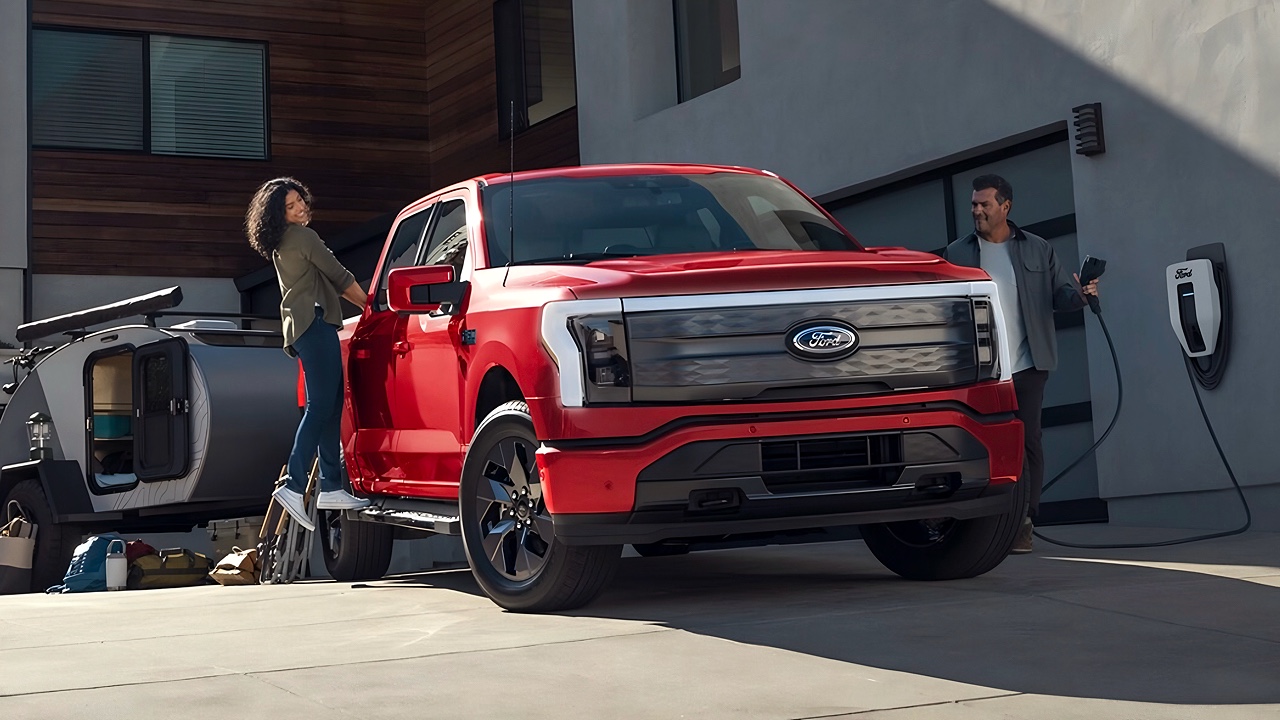
As the electric vehicle (EV) market continues to heat up, two of the most anticipated electric trucks are the Ford F-150 Lightning and the Tesla Cybertruck. Both of these groundbreaking vehicles promise to bring electric power to the pickup truck segment, but they each come with their own set of strengths and unique features. Here’s how these two electric powerhouses stack up against each other in terms of performance, design, technology, and practicality.
Performance and Power

The Ford F-150 Lightning offers impressive performance for an electric truck, with its dual-motor setup delivering up to 580 horsepower and 775 lb-ft of torque. This allows the Lightning to accelerate from 0 to 60 mph in just about 4.5 seconds, which is extraordinary for a full-sized pickup. The F-150 Lightning’s towing capacity can reach up to 10,000 pounds, making it a strong contender for those who need both power and versatility. (Source: Car and Driver)
On the other hand, Tesla’s Cybertruck is designed to be even more powerful, with the Tri-Motor All-Wheel Drive (AWD) variant offering up to 800 horsepower and the ability to tow more than 14,000 pounds. The Cybertruck is expected to go from 0 to 60 mph in under 2.9 seconds—remarkably fast for a truck of its size. In terms of raw power and towing capability, the Cybertruck takes the lead, especially for users who need to haul larger loads. (Source: YallaMotor)
Range and Charging
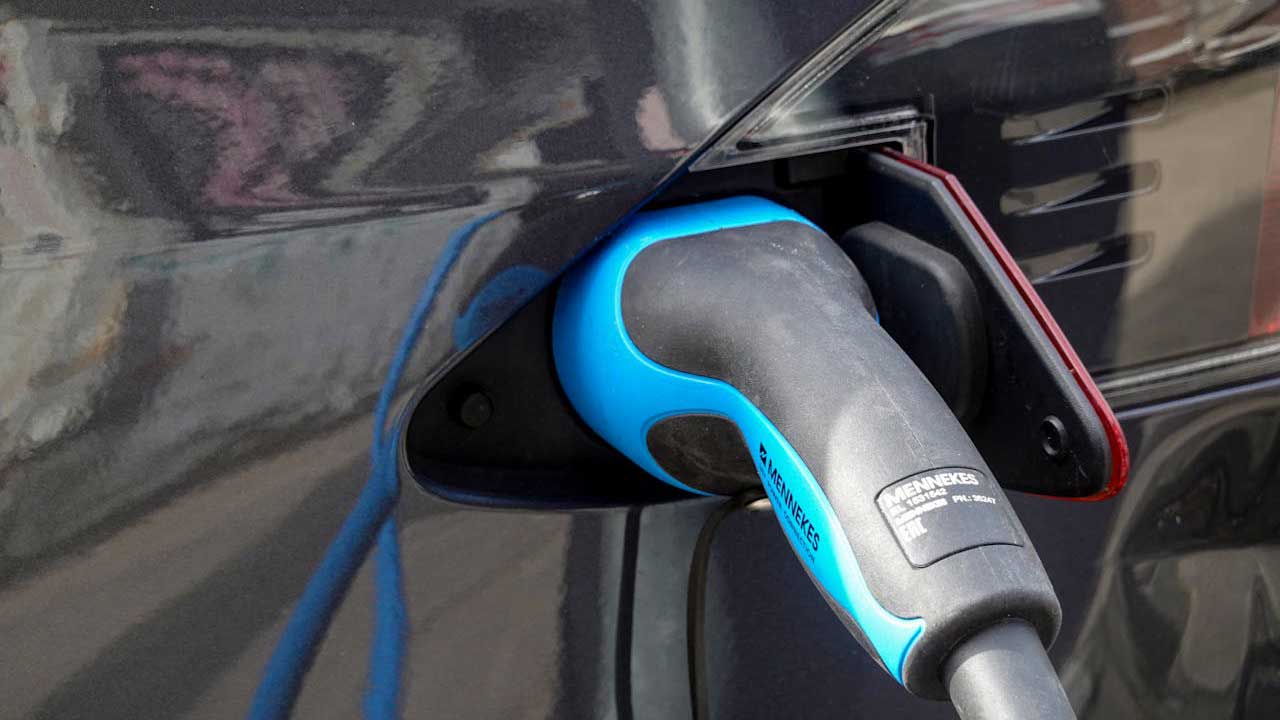
The Ford F-150 Lightning offers a respectable driving range, with the extended-range battery option providing up to 320 miles on a full charge. The standard-range battery offers around 230 miles, which is adequate for most daily driving needs but may fall short for those who require a longer range on road trips or for heavy work tasks. (Source: Ford)
The Tesla Cybertruck, with its anticipated 500+ miles of range on the highest configuration, surpasses the Lightning significantly in this category. Tesla’s expertise in battery technology and energy efficiency ensures that the Cybertruck will likely have the edge when it comes to long-distance driving. Both trucks support fast charging, with the F-150 Lightning offering DC fast charging that can recover a substantial amount of range in a short time, while the Cybertruck will also feature Tesla’s Supercharger network, providing rapid charging capabilities. (Source: MotorTrend)
Design and Durability
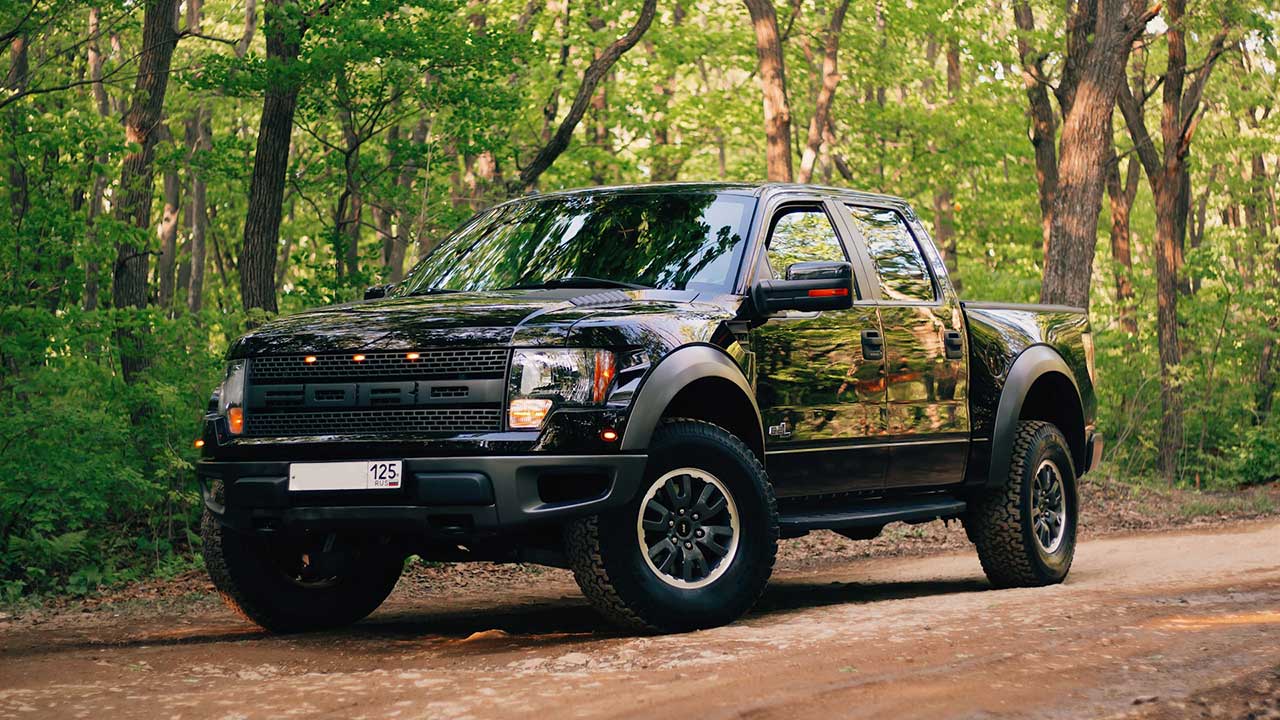
The design of these two trucks couldn’t be more different. The Ford F-150 Lightning stays true to the classic F-150 silhouette, appealing to those who appreciate a more traditional look for a pickup truck. It features a familiar, sturdy build with sleek modern upgrades, such as a fully electric front grille and an updated interior. The Lightning retains its rugged appeal while offering an all-electric driving experience, making it an easy transition for Ford’s loyal customer base.
The Tesla Cybertruck, by contrast, is a complete departure from the traditional truck aesthetic. With its angular, futuristic design and unpainted stainless steel body, the Cybertruck is a vehicle that looks like it came straight from a science fiction movie. While some find the unconventional design off-putting, others embrace it as a bold step forward in automotive design. Tesla’s use of ultra-hard stainless steel makes the Cybertruck incredibly durable, potentially resisting dents and scratches far better than traditional trucks. (Source: Tesla)
Interior and Technology

Ford has equipped the F-150 Lightning with a comfortable, tech-savvy interior. The truck features a 15.5-inch touchscreen powered by Ford’s SYNC 4A system, offering intuitive controls for navigation, media, and vehicle settings. The F-150 Lightning also supports over-the-air updates, meaning the truck can get smarter and more feature-packed over time. The interior also provides ample space, including a “frunk” (front trunk) that adds valuable storage space typically absent in traditional trucks. (Source: Ford)
The Cybertruck, as expected from Tesla, integrates some of the most advanced tech available in the automotive world. The massive 17-inch touchscreen controls virtually everything inside the vehicle, from climate control to media. Tesla’s Autopilot and Full Self-Driving (FSD) capabilities will also be available, allowing for an increasingly autonomous driving experience. The interior of the Cybertruck is designed to be minimalist, with durable materials and plenty of space for storage, including a large bed with a unique design that can carry bulky loads. (Source: Tesla Owner’s Manual)
Price and Availability
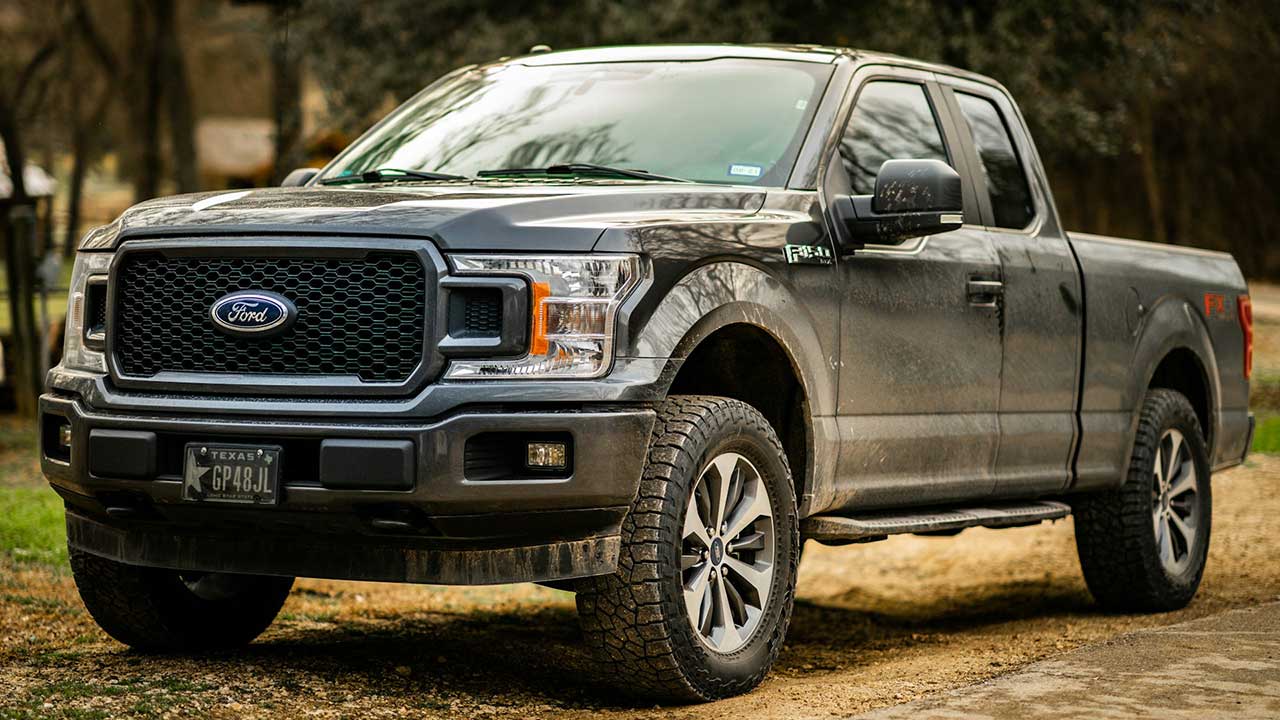
The Ford F-150 Lightning starts at $49,995 for the base Pro model, which is geared toward commercial fleets and may not be widely available to everyday consumers. For retail buyers, the XLT trim is the most accessible entry point, starting at $62,995. Prices increase from there, with the Lariat and Platinum trims reaching up to $84,995 when equipped with the extended-range battery and premium features. Importantly, the F-150 Lightning is already in full production, with Ford delivering tens of thousands of units since its official 2022 launch. (Source: Car and Driver)
The Tesla Cybertruck, by contrast, has faced multiple production delays since its debut. Tesla officially delivered the first batch of Cybertrucks in late 2023, but availability remains extremely limited. The base Rear-Wheel Drive version is priced at $60,990 and isn’t expected to ship until 2025. The Dual Motor All-Wheel Drive version starts at $79,990, while the top-tier “Cyberbeast” model—featuring the fastest acceleration and highest performance—costs $99,990. While Tesla’s cutting-edge features are appealing, buyers should be prepared for a longer wait depending on the model selected. (Source: The Verge)
Final Thoughts: Which Electric Truck Is Right for You?
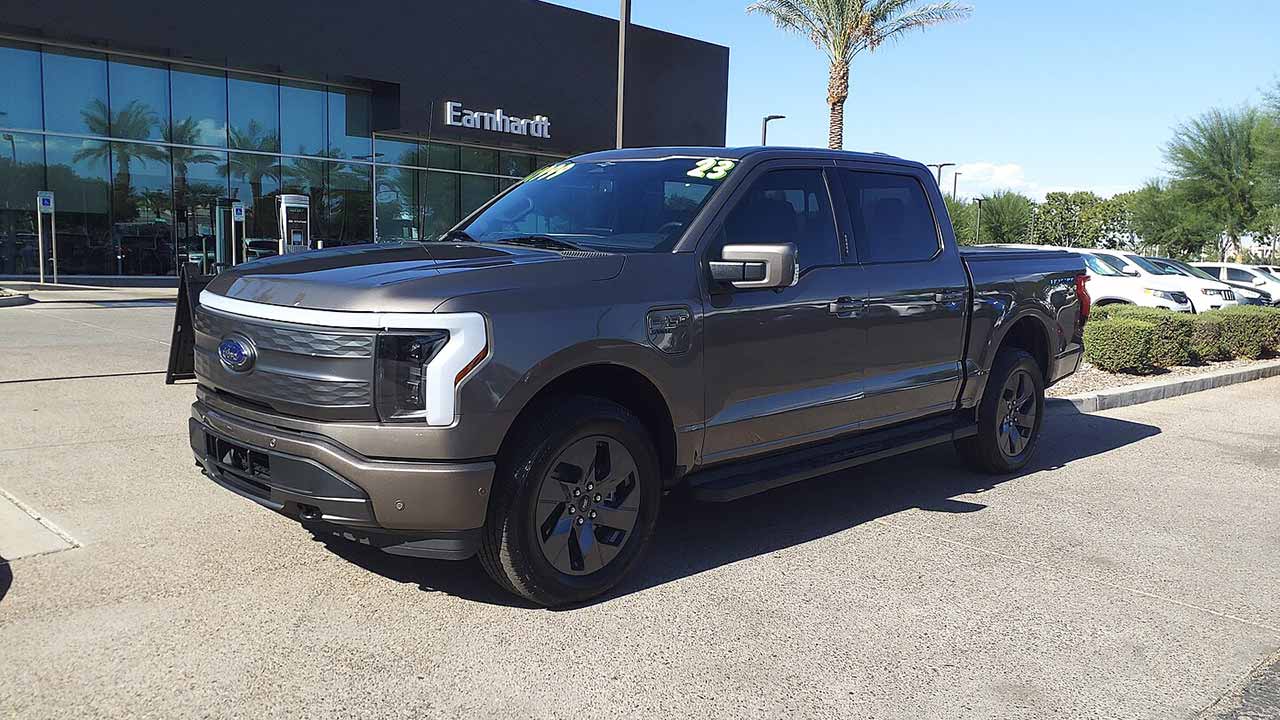
Both the Ford F-150 Lightning and the Tesla Cybertruck are setting the stage for the future of electric pickups, offering distinct advantages depending on your needs. The F-150 Lightning stays true to the traditional truck ethos, with solid performance, reliability, and a smooth transition into the electric age. It’s perfect for those who value familiarity and practicality.
On the other hand, the Tesla Cybertruck represents a bold leap into the future with its futuristic design, outstanding range, and groundbreaking performance. If you’re someone who craves innovation and is drawn to Tesla’s electric prowess, the Cybertruck is hard to beat.
Ultimately, the right choice depends on what you value most—whether it’s power and performance, classic design, or futuristic features. Both trucks promise to redefine what we expect from an electric pickup and are sure to leave a lasting impact on the automotive industry.